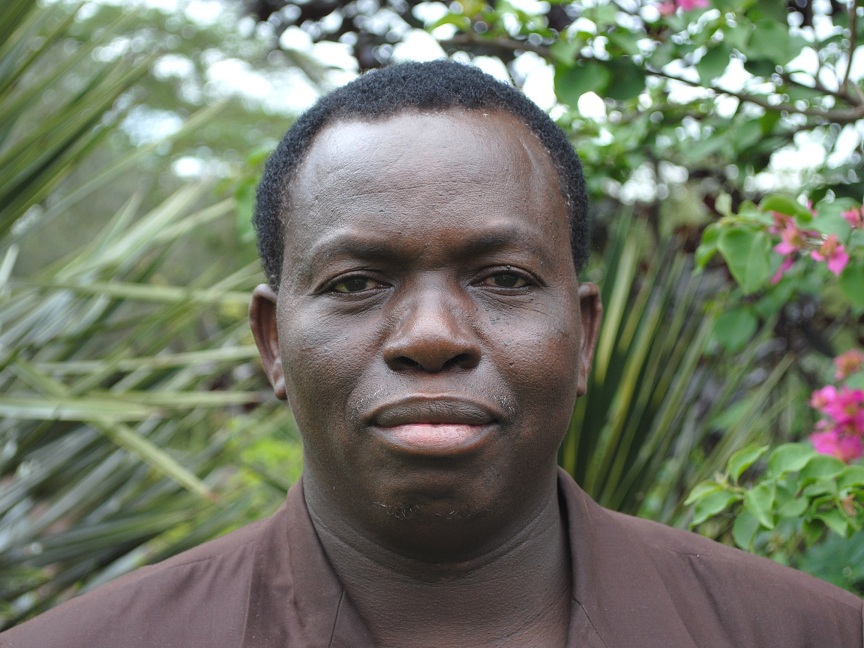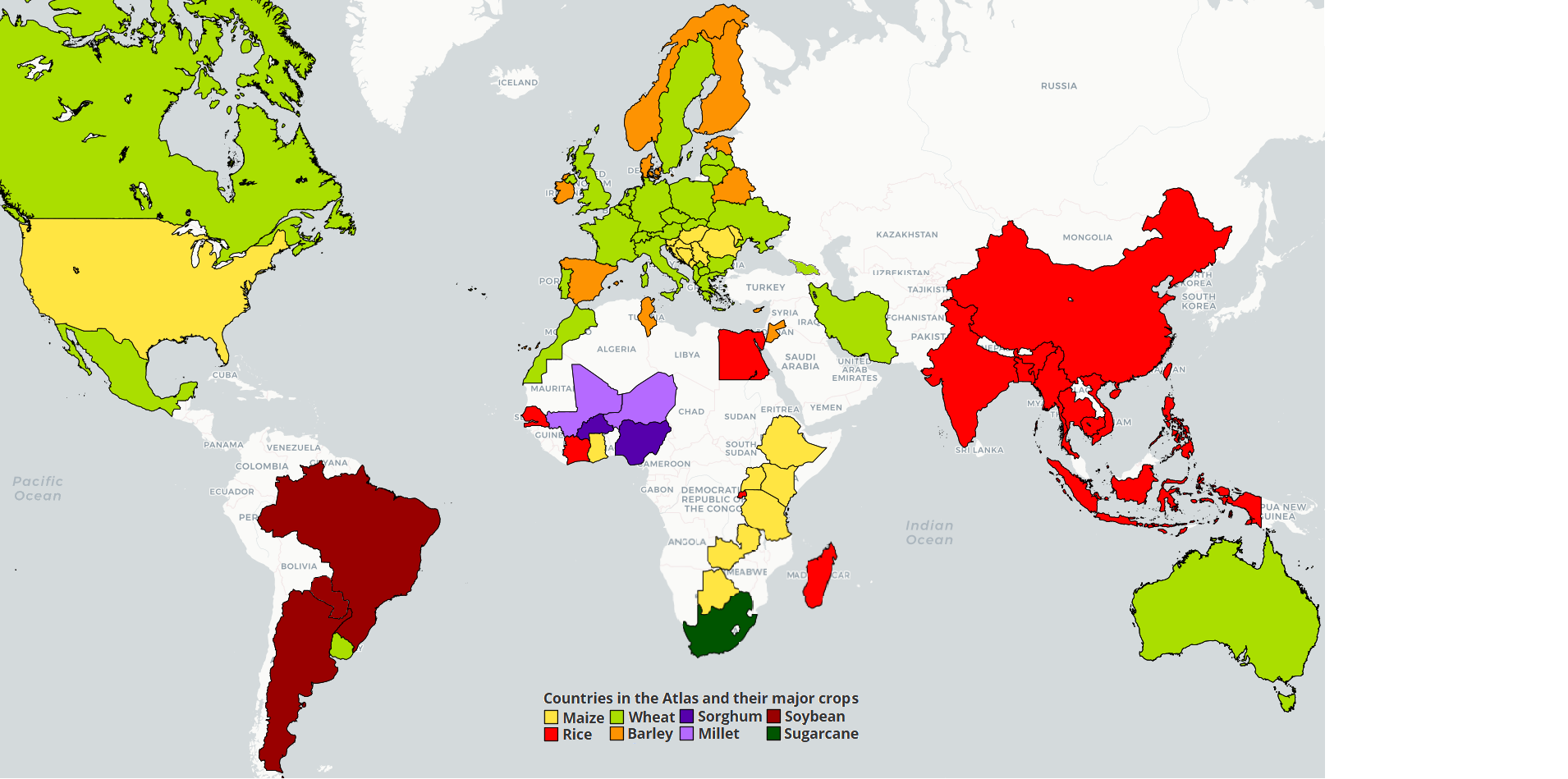 Burkina Faso
Burkina Faso
Detailed information on the analysis by crop is available for:
- Maize. Please check the sub-Saharan Africa maize page
- Rice. Please check the sub-Saharan Africa rice page
- Sorghum. Please check the sub-Saharan Africa sorghum page
- Millet. Please check the sub-Saharan Africa millet page
Description of cropping systems, climate, and soils in Burkina Faso (by Dr. O. Korodjouma)
About 90% of the population in Burkina Faso is engaged in the agricultural sector; only small proportions are directly involved in industry and services. Subsistence predominates with cultivation occurring during the rainy season. Sorghum (Sorghum bicolor), millet (Pennisetum glaucum) and maize (Zea mays) are the major staple food crops and are grown on about 80% of the arable land area. Agriculture accounts for 40% of the country's total GDP (The World Bank, 2004).
Major agricultural constraints include the highly variable spatial and temporal distribution of rainfall and the inherently low fertility of the soils. Soils are characterized by their advanced degree of weathering, poor physical structure, low contents of active clay and organic matter, and low nutrient stocks, imposing severe constraints to crop yields (Piéri, 1989; Sédogo, 1993; Bationo, Lompo & Koala, 1998). Agricultural productivity is low in Burkina Faso because farming is practiced extensively on soils that receive small amounts of rainfall and only a small amount of nutrient inputs.
Farming systems
Cropping systems in Burkina Faso change greatly from one region to another in relation to agro-ecological and socio-economic conditions.
The Burkinabé agriculture predominantly consists of rain-fed subsistence systems that are characterized by small family farms (from 1.5 to 12 ha per household). Only rice, sugar cane, vegetable and fruit crops are irrigated. Increases in crop production have largely come more from extensification (i.e. increase of area) than from intensification (i.e. increased use of inputs and improved varieties).
To cope with rainfall unpredictability, poor soil quality, insufficient labor availability, or lack of appropriate plowing equipment, most farmers practice direct planting. At harvest, crop residues are often removed to be used for feed, fuel or building materials. When left on the soil, crop residues are grazed by livestock or burned to clean soil for the next season.
Diverse soil and water conservation technologies (for example, stones rows, zaï, half moon, earth bunds, and grass strips) are used in regions with high climatic risks, especially in the central and northern parts of the country (Zougmoré et al 2004). Today, almost all regions in Burkina Faso need some form of soil and water conservation technologies to cope with climatic variability.
In view of the problems mentioned above, achieving food security and poverty alleviation in Burkina Faso requires improved technologies by using (i) improved crop varieties, (ii) fertilizers, and (iii) development of irrigation and rain water management strategies.
Soil Preparation for cropping
Tillage and seedbed preparation are carried out by plowing or scarifying. Plowing (10-15 cm soil depth) is done using animal traction (with moldboard plow) and reduced tillage to 5-cm depth is performed on wet soil with a "Manga" hoe or hand hoe. These techniques of cultivation are recommended for the south-Sudanese zone (average annual rainfall = 900 mm), the sub-Sahelian zone (400-600 mm) and the North-Sudanian zone (600-900 mm).
Get access to the Atlas for advanced users
Download GYGA results
 | Please read the license information in case you are interested in using the data from the Global Yield Gap Atlas. |
| read more>> |
 Country agronomist
Country agronomist

Korodjouma Ouattara

